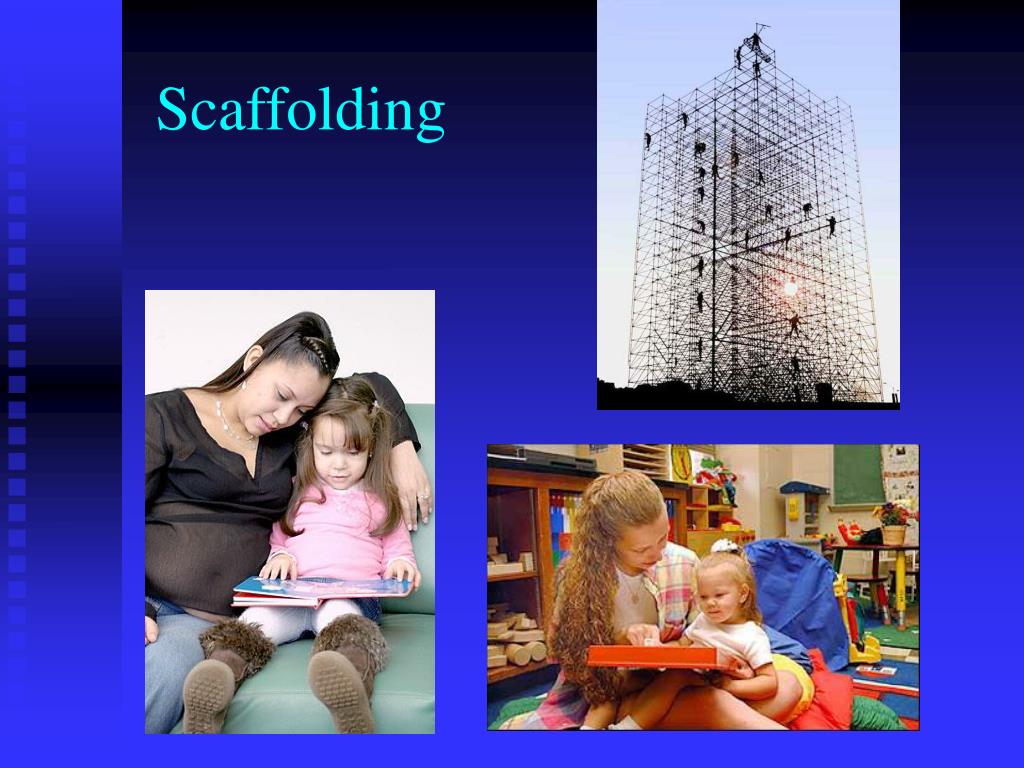


Scaffolds can take many forms, and the selection of appropriate scaffolds depends in large part on the nature of the content and the needs of the students.

In order to effectively scaffold, it is important for teachers to know and leverage what students can already do independently in order to ensure that the scaffolds introduced both meet students where they are and stretch them towards mastery and independence of the next-level skill.įor example, a teacher might provide both a written text and an audio recording of a reading at a lexile level higher than the student’s current level, or might use a meaning-making text protocol to support all students’ understanding of the text. Like training wheels on a bicycle, scaffolding is introduced when students need support and, in many cases, removed when no longer necessary, as students’ mastery and independence increase over time.Įffective scaffolding is both an art and a science – it demands that teachers have a deep understanding of students’ strengths and needs as well as a clear vision of where students are headed. Scaffolds help move students from what they can do now to what they will be able to do later. The term scaffolding is used to describe the supports provided to students in order to help them access and strengthen a new concept or skill. Originally published – updated Mar 10, 2021.


 0 kommentar(er)
0 kommentar(er)
